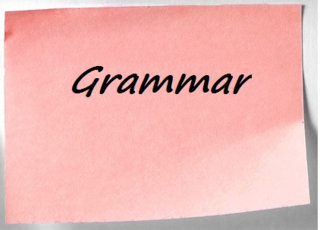Watch for comma splices in your writing
In the old  days when tape and film were used to record music and motion pictures, sometimes a little editing would have to be done. This might occur to shorten a piece to make it fit a certain length or reconnect tape/film that broke. It was called splicing. When done poorly, the song or movie scene might appear to have skipped a beat or two.
days when tape and film were used to record music and motion pictures, sometimes a little editing would have to be done. This might occur to shorten a piece to make it fit a certain length or reconnect tape/film that broke. It was called splicing. When done poorly, the song or movie scene might appear to have skipped a beat or two.
When writing, authors also can appear to have left our a word or two when they sloppily connect two sentences together to form one. This usually occurs during a comma splice.
In a comma splice, two separate sentences are joined by using a comma rather than the correct punctuation mark (which is a semicolon) or using a conjunction (and, but, or, for, nor, so, yet) with the comma.
The following is an example of a comma splice:
We wanted to see the new movie, it was sold out, however.
It could be fixed in two ways. First, a semicolon might be used in place of the comma:
We wanted to see the new movie; it was sold out, however.
Secondly, a coordinating conjunction might be used after the comma:
We wanted to see the new movie, but it was sold out.
Professional Book Editor: Having your novel, short story or nonfiction manuscript proofread or edited before submitting it can prove invaluable. In an economic climate where you face heavy competition, your writing needs a second eye to give you the edge. I can provide that second eye.
<A HREF="http://ws-na.amazon-adsystem.com/widg... Widgets</A>
Related articles
 How to properly use a semicolon (wink, wink)
How to properly use a semicolon (wink, wink) One or three? Nonetheless vs. none the less
One or three? Nonetheless vs. none the less How to properly punctuate dialogue
How to properly punctuate dialogue



